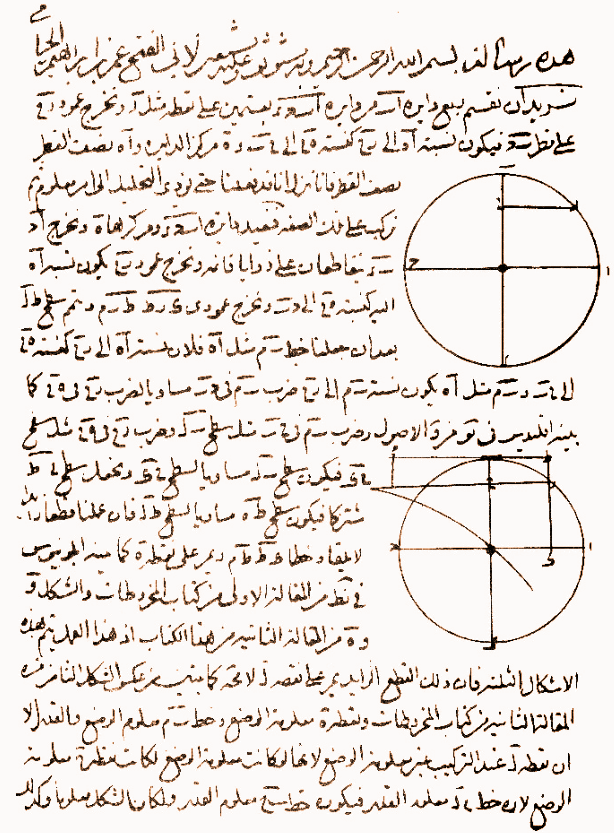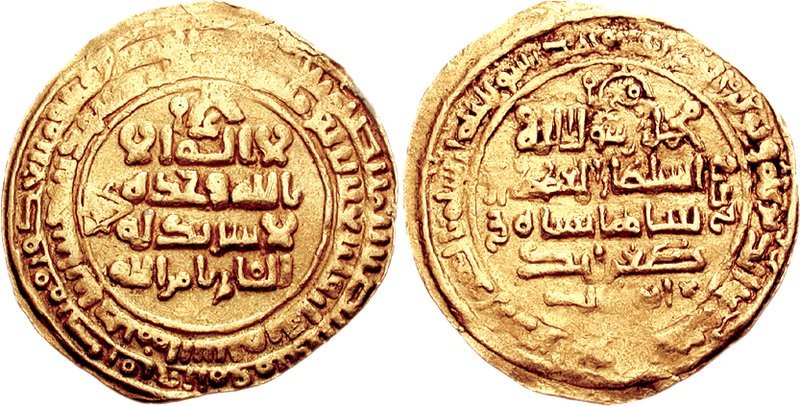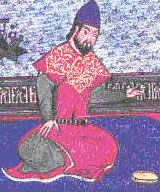|
1070s
The 1070s was a decade of the Julian Calendar which began on January 1, 1070, and ended on December 31, 1079. Significant people * Omar Khayyam * William the Conqueror * Al-Qa'im * Alp Arslan Seljuk sultan * Malik-Shah I Malik-Shah I (, ) was the third sultan of the Seljuk Empire from 1072 to 1092, under whom the sultanate reached the zenith of its power and influence. During his youth, he spent his time participating in the campaigns of his father Alp Arslan, ... Seljuk sultan References {{DEFAULTSORT:1070s ... [...More Info...] [...Related Items...] OR: [Wikipedia] [Google] [Baidu] |
Omar Khayyam
Ghiyāth al-Dīn Abū al-Fatḥ ʿUmar ibn Ibrāhīm Nīshābūrī (18 May 1048 – 4 December 1131) (Persian language, Persian: غیاث الدین ابوالفتح عمر بن ابراهیم خیام نیشابورﻯ), commonly known as Omar Khayyam (), was a Persian poet and polymath, known for his contributions to Mathematics in medieval Islam, mathematics, Astronomy in the medieval Islamic world, astronomy, Iranian philosophy, philosophy, and Persian literature. He was born in Nishapur, Iran and lived during the Seljuk Empire, Seljuk era, around the time of the First Crusade. As a mathematician, he is most notable for his work on the classification and solution of cubic equations, where he provided a geometric formulation based on the intersection of conics. He also contributed to a deeper understanding of Euclid's parallel axiom. As an astronomer, he calculated the duration of the solar year with remarkable precision and accuracy, and designed the Jalali calendar, a solar ... [...More Info...] [...Related Items...] OR: [Wikipedia] [Google] [Baidu] |
William The Conqueror
William the Conqueror (Bates ''William the Conqueror'' p. 33– 9 September 1087), sometimes called William the Bastard, was the first Norman king of England (as William I), reigning from 1066 until his death. A descendant of Rollo, he was Duke of Normandy (as William II) from 1035 onward. By 1060, following a long struggle, his hold on Normandy was secure. In 1066, following the death of Edward the Confessor, William invaded England, leading a Franco-Norman army to victory over the Anglo-Saxon forces of Harold Godwinson at the Battle of Hastings, and suppressed subsequent English revolts in what has become known as the Norman Conquest. The rest of his life was marked by struggles to consolidate his hold over England and his continental lands, and by difficulties with his eldest son, Robert Curthose. William was the son of the unmarried Duke Robert I of Normandy and his mistress Herleva. His Legitimacy (family law), illegitimate status and youth caused some difficulties for h ... [...More Info...] [...Related Items...] OR: [Wikipedia] [Google] [Baidu] |
Al-Qa'im (Abbasid Caliph At Baghdad)
Abū Ja'far Abdallah ibn Aḥmad al-Qādir (), better known by his regnal name al-Qā'im bi-amri 'llāh () or simply as al-Qā'im; 8 November 1001 – 3 April 1075), was the Abbasid caliph in Baghdad from 1031 to 1075. He was the son of the previous caliph, al-Qadir. Al-Qa'im's reign coincided with the end of the Buyid dynasty's dominance of the caliphate and the rise of the Seljuk dynasty. Early life Al-Qa'im was born on 8 November 1001. He was the son of Abbasid caliph al-Qadir ( r. 991–1031) and his concubine named Qatr al-Nada (died 1060), an Armenian or Greek, also known as Alam. His father, Al-Qadir had publicly proclaimed his just nine-year-old son Muhammad (elder brother of Al-Qa'im) as heir apparent, with the title of al-Ghalib Bi'llah, in 1001. However, Muhammad died before his father and never ascended to the throne. In 1030, al-Qadir named his son ''Abu Ja'far'', the future Al-Qa'im, as his heir, a decision taken completely independently of the Buyid emirs. Al ... [...More Info...] [...Related Items...] OR: [Wikipedia] [Google] [Baidu] |
Alp Arslan
Alp Arslan, born Muhammad Alp Arslan bin Dawud Chaghri, was the second List of sultans of the Seljuk Empire, sultan of the Seljuk Empire and great-grandson of Seljuk (warlord), Seljuk, the eponymous founder of the dynasty and the empire. He greatly expanded Seljuk territories and consolidated his power, defeating rivals to the south, east and northwest. His victory over the Byzantine Empire, Byzantines at the Battle of Manzikert in 1071 ushered in the Turkoman (ethnonym), Turkoman settlement of Anatolia. "But the Battle of Manzikert opened Asia Minor to Turkmen conquest" Early life Historical sources differ about Alp Arslan's birth date. Some 12th- and 13th-century sources give 1032/1033 as his birth year, while later sources give 1030. According to İbrahim Kafesoğlu, the most likely date is 20 January 1029 (1 Muharram 420 Islamic calendar, AH), recorded by the medieval historian Ibn al-Athir. He was the son of Chaghri Beg, Chaghri and nephew of Tughril, the founding sultans ... [...More Info...] [...Related Items...] OR: [Wikipedia] [Google] [Baidu] |
Malik-Shah I
Malik-Shah I (, ) was the third sultan of the Seljuk Empire from 1072 to 1092, under whom the sultanate reached the zenith of its power and influence. During his youth, he spent his time participating in the campaigns of his father Alp Arslan, along with the latter's vizier Nizam al-Mulk. During one such campaign in 1072, Alp Arslan was fatally wounded and died only a few days later. After that, Malik-Shah was crowned as the new sultan of the empire, but the succession was contested by his uncle Qavurt. Although Malik-Shah was the nominal head of the Seljuk state, Nizam al-Mulk held near absolute power during his reign. Malik-Shah spent the rest of his reign waging war against the Karakhanids to the east and establishing order in the Caucasus. The cause of Malik-Shah's death remains under dispute to this day; according to some scholars, he was poisoned by Abbasid caliph al-Muqtadi, while others say that he was poisoned by the supporters of Nizam al-Mulk. Etymology Although ... [...More Info...] [...Related Items...] OR: [Wikipedia] [Google] [Baidu] |




